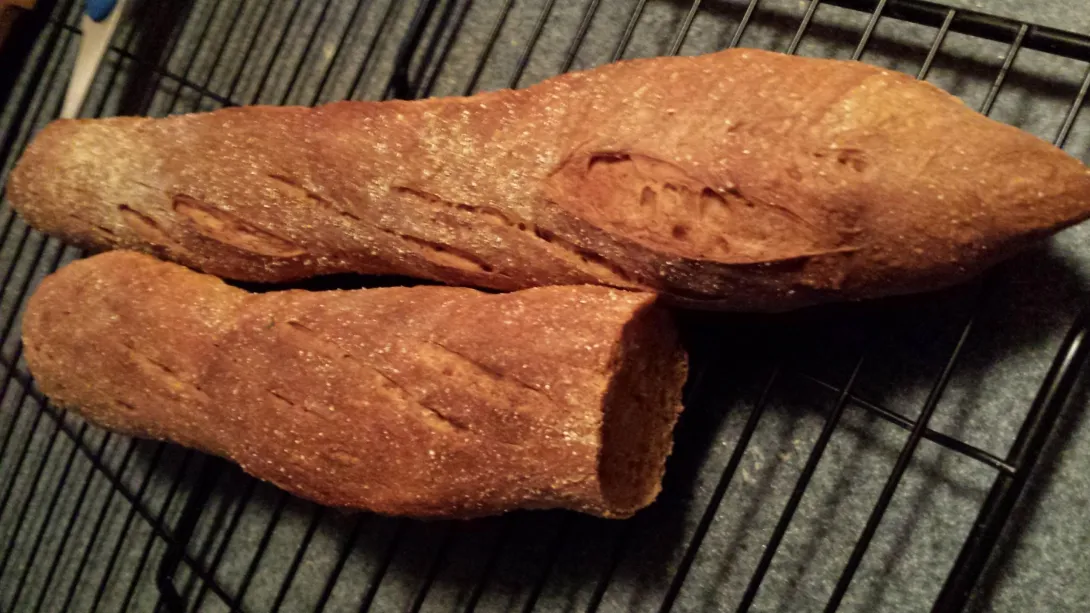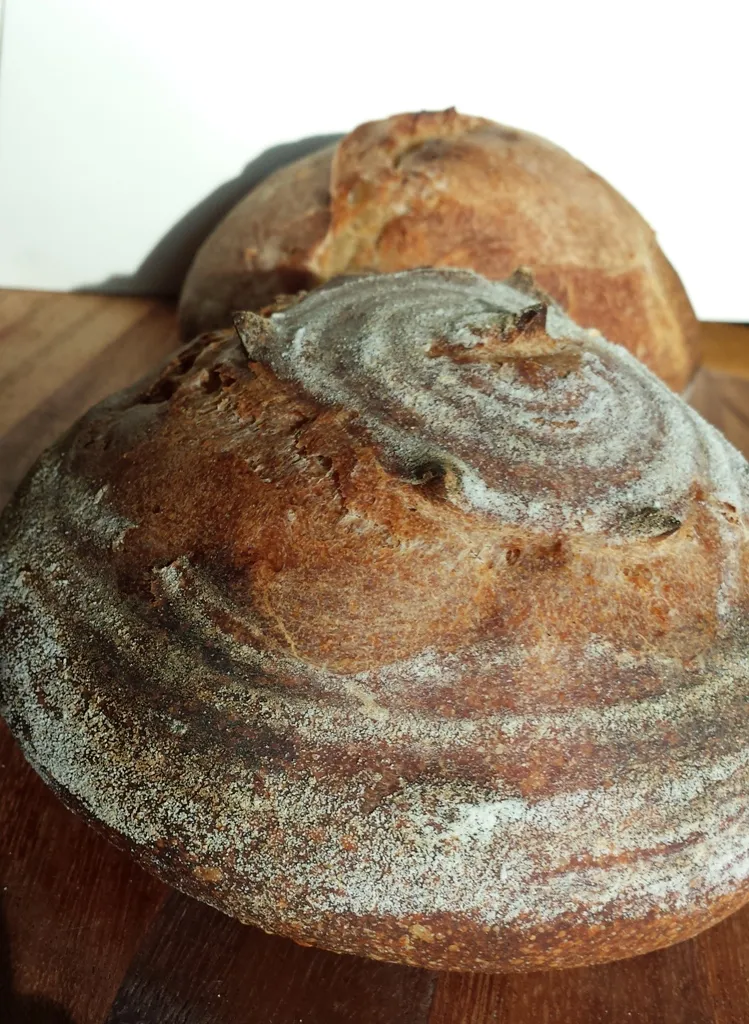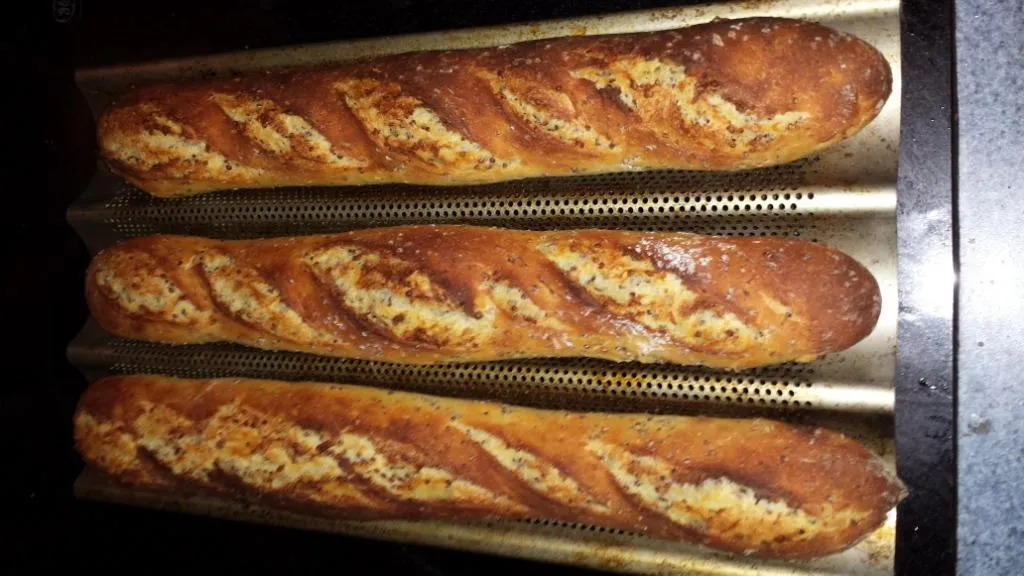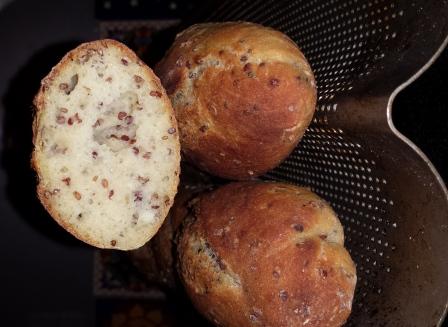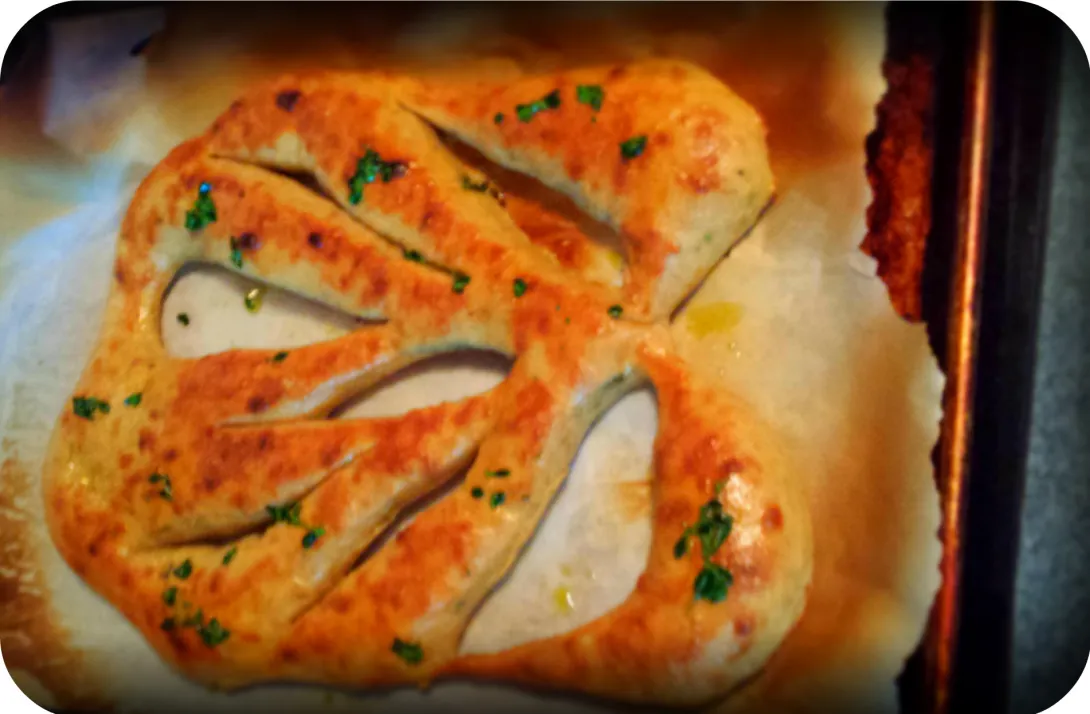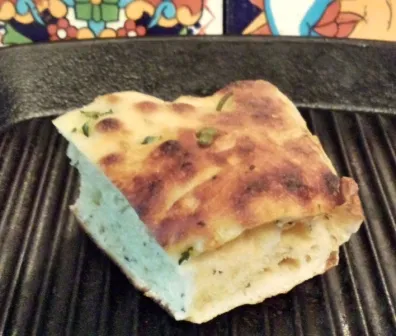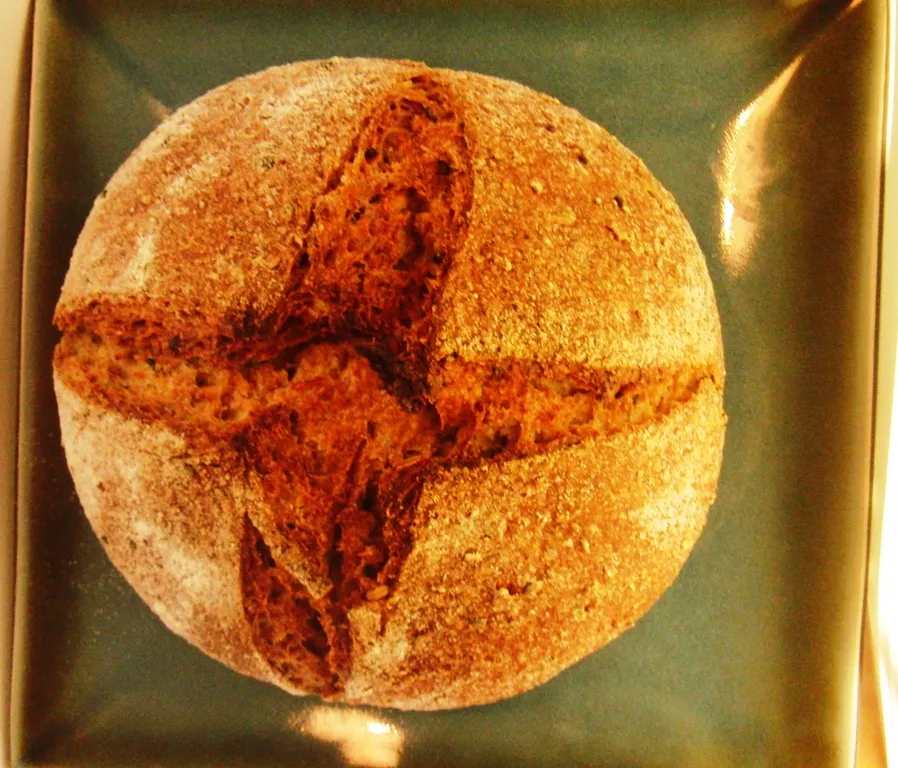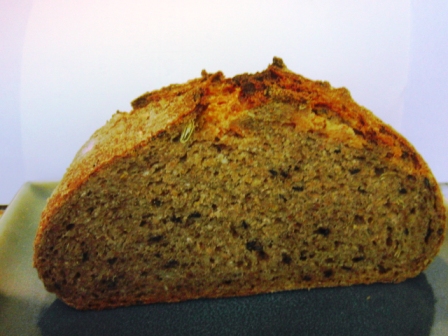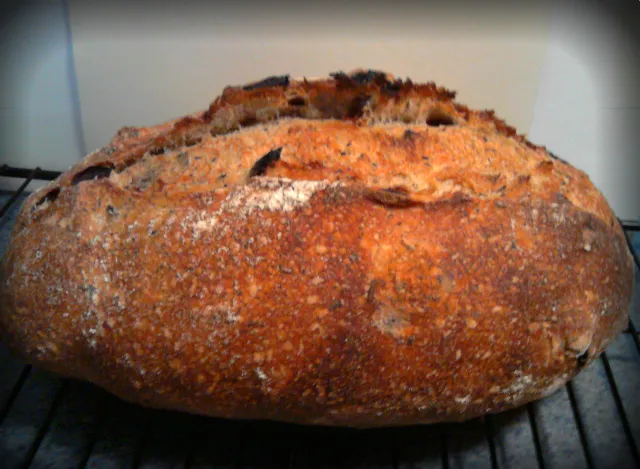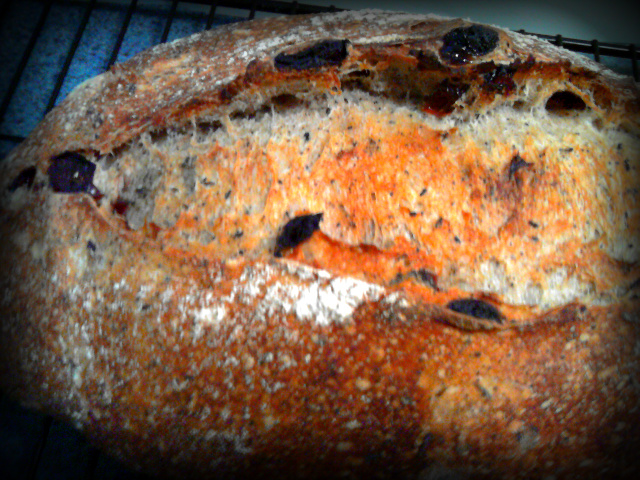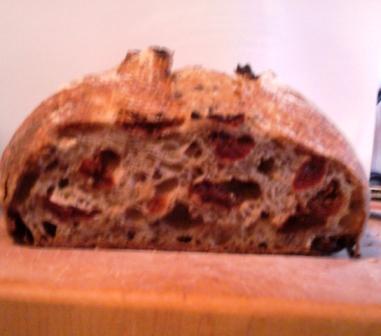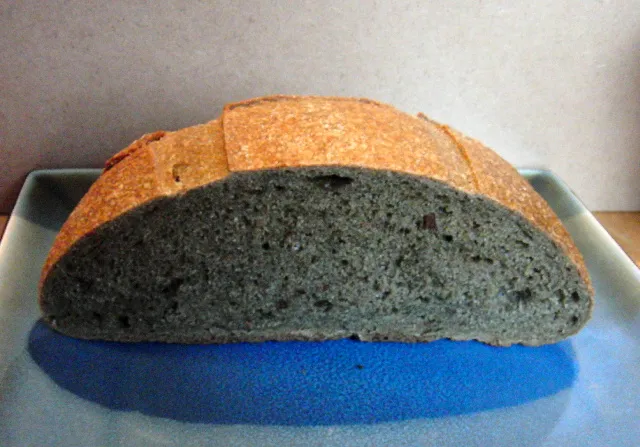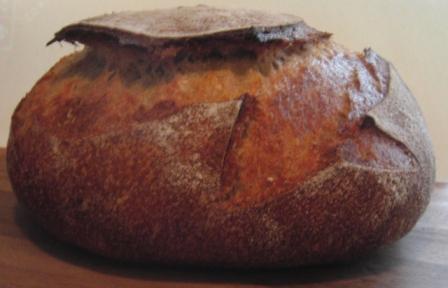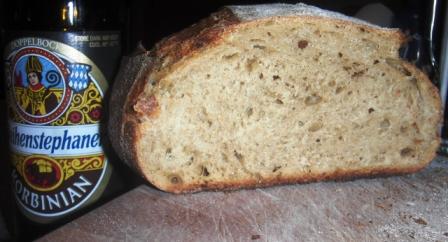Pumpkin and a Pint Bread
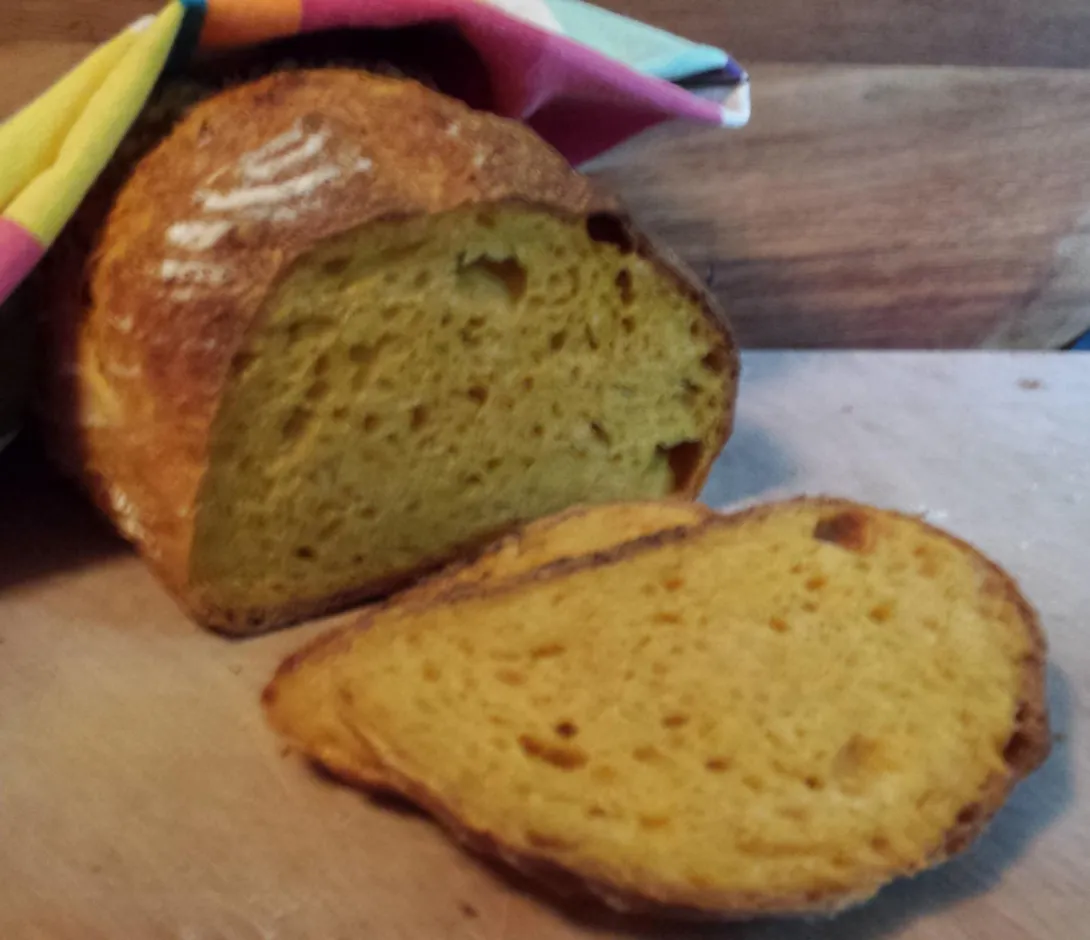
Anybody have a handy cheat sheet for calculating hydration when adding ingredients like pumpkin? The Internet is full of recipes for sweet pumpkin quick bread, and the last time I forgot to account for the water content in pumpkin puree I got soup, not bread. I had a hunch that TFL would come through, and sure enough, big thanks to Karin's post here: http://www.thefreshloaf.com/node/34842/dan-lepards-pumpkin-whey-bread, and to Dan Lepard's original recipe.
